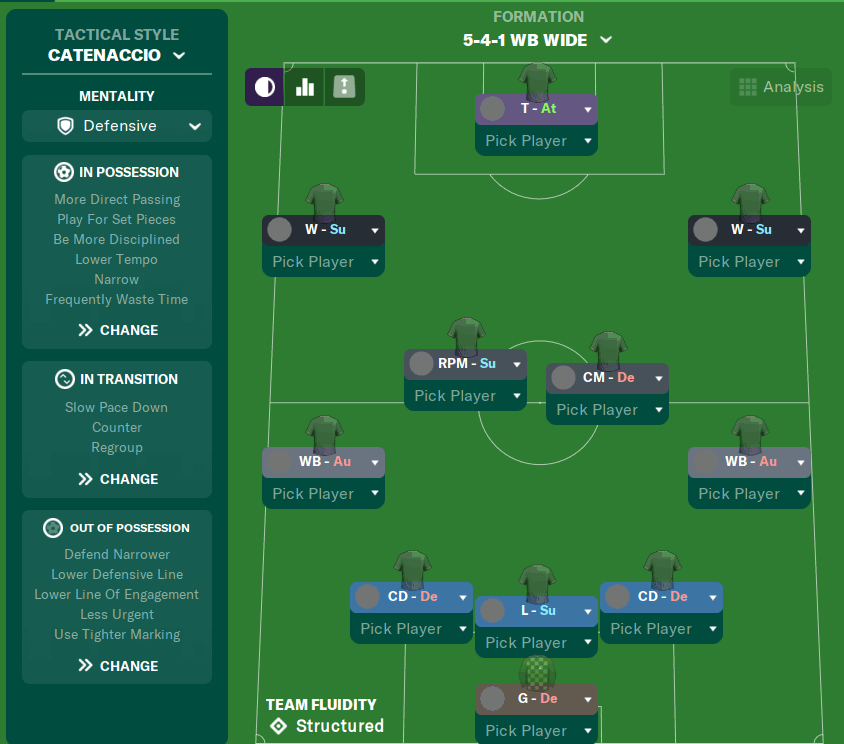 Football and food are languages of the world, but we don’t always agree with either. While food recipes change from Italy to Brazil, so do football tactics. In fact, football across different regions differs in a lot of ways from stadium size, sport sponsorship, player wages and more. Here we will be focusing on the five most important tactics that any coach or Football Manager player should be aware of.
Football and food are languages of the world, but we don’t always agree with either. While food recipes change from Italy to Brazil, so do football tactics. In fact, football across different regions differs in a lot of ways from stadium size, sport sponsorship, player wages and more. Here we will be focusing on the five most important tactics that any coach or Football Manager player should be aware of. 1. The Solid 4-4-2

The first tactic to discuss is the age-old 4-4-2 formation. In this setup, the team plays with two banks of 4 with a number of partnerships covering for each other and offering options when on the ball. The two strikers are often very different with one being big and physical and the other relying on pace and striker instincts. Most of the time 4-4-2 is a safe option that aims to take advantage of wing play and getting balls into the box. It is sometimes criticised as being too rigid.
2. Relying on Wing Backs in 3-5-2

3-5-2 is a formation that relies on wing backs with incredible fitness levels. Without the ball, these wing backs play as full backs, but with the ball they operate as wingers. For this reason, they must get up and down the flanks for 90 mins without burning out. Pep Guardiola has also been known to use a variation of this formation when down to ten men. Playing one up front with wingbacks allows him to maintain a strong defensive shape while maintaining an attacking threat.
3. Defensive 5-4-1

The formation often called upon when teams play away against teams topping the table or in good form. It is primarily used as a defensive tactic because of the three centre backs and thus the ease of defending wider areas. This formation usually works best when the lone striker is big and physical because they will be required to hold up the ball while they wait for support. Playing out from the back can be congested and difficult.
[post_ads_2]
4. The Diamond Formation

A diamond formation is a variation of the traditional 4-4-2 formation. However, instead of a flat midfield using wing play, the centre of the park is compacted with four midfielders in a diamond shape. Although the shape lacks opportunities to get crosses into the box, it does provide opportunity for a defensive midfielder to sit and protect the back four and a free-roaming number 10. It is best suited for teams that are intricate and technically very good.
5. Modern 4-3-3

One of the biggest transitions in football tactics is a swing from 4-4-2 to 4-3-3, especially seen in international and Spanish football. It is classed as an expansive type of football as it packs the forward positions with flare and pace while sacrificing some control over the middle of the pitch. It is most successful with top-rated teams and with wide players willing to work hard and track back when needed.
Are Tactics That Simple?
This gives a basic insight into the most important tactics any team should be able to mould into when the game calls for it. However, this is far from the whole of it. Picking corner takers, penalty takers, instructing specific runs and the freedom given to players are also a huge part of tactics. Not to forget using the players you have to their strengths and mixing young wonderkids with experienced team members.


















